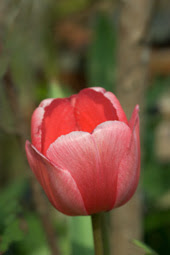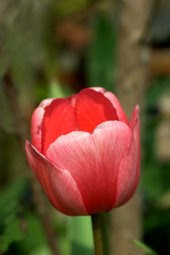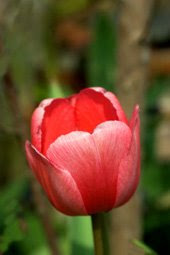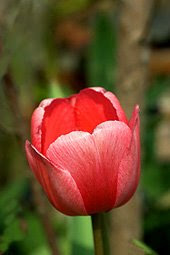Photographers are heavily biased towards nice weather. If we were to judge the word by pictures alone, we would be inclined to believe that we live under a clear blue sky for 90% of the time. Of course, we don't. Photographers just don't like getting wet, so they only go out when the weather is nice. Such a shame, since bad weather can be a very interesting subject.
Bad weather means bad light
Unfortunately, that is true. You won't have much light and the light is pretty flat. But there are ways around that. You will probably still have enough light if you use a fast lense, and high ISO-values are not much of a problem for cloudy skies. Nevertheless, pick your weather carefully. Mixed weather (clouds with showers and some sunny spells) is best. It will give you better light and more spectacular clouds, with more depth in your pictures. If you're photographing a subject rather than just clouds, try to keep the sun behind you. Heavy clouds and backlight are not a good lighting combination for anything other than silhouettes.
The flat light of a cloudy day implies a little extra work on post processing your pictures. The most important issue here is contrast. Look at the two versiona of the same picture to the left (click for larger versions). The picture is taken with a lens that renders good contrast. Nevertheless, the unedited (upper) pic is a bit flat. That's because of the flat light.
All I did in post processing was adding three layers of level adjustments, creating more contrast, as well as the slight color change, that adds somewhat to the spookyness of the weather. Obviously, the very dark tones are applied to clouds rather than the foreground.
It's okay if your pics are a little darker than what would normally be considered correct exposure. After all, the message you are trying to convey is that of bad weather. This implies a little darkness. You can either do this in post processing or use exposure correction while shooting.







